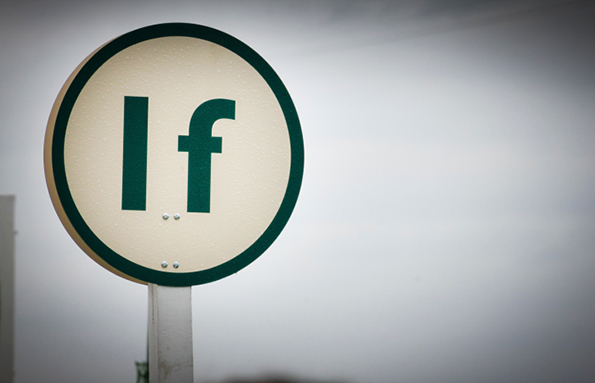Neil Coster is Director of the Thoroughbred Horseracing Industries MBA (THIMBA) at the University of Liverpool’s Management School
This weekend sees the latest renewal of the World’s greatest steeplechase, when 40 horses will compete for £1,000,000 of prize money, over a course of 30 fences and a distance of four miles, two furlongs and 74 yards. Many Clouds, victorious last year, returns and seeks to become the first horse to win the race twice since the legendary Red Rum, who of course won the race three times in the 1970’s for trainer, Ginger McCain. It is estimated that the race will be watched on television by nine million people in the UK and 600 million worldwide. But what are the other numbers behind the Grand National?
The race is big business for Jockey Club Racecourses (JCR). Aintree will be packed with over 70,000 paying customers on Saturday with many more taking vantage points around the two mile plus circuit. Over the three-day National festival, the attendance figure will be close to 150,000. This festival, along with Cheltenham’s four-day festival in March, generates a big proportion of JCR’s revenue, which for their fifteen racecourses was £162.9 million in 2014. The Jockey Club group, whose aim “is to act for the long-term good of British racing”, plans to make a record contribution of £20.9 million to prize money in 2016. This figure, if achieved, will have seen The Jockey Club’s prize money contribution rise by 61% since 2010.
However, those numbers seem small against the £150 million that is thought will be gambled on the big race. At Cheltenham last month the bookmakers were quoting £60 million losses. The main reason being that the punters’ favourite Irish trainer (Willie Mullins) landed seven, that’s a quarter of the festival races run at the Gloucestershire track. Indeed it was only in the last race of the meeting that we saw a horse win at longer odds than 16-1. Interestingly, it was won by a Paul Nicholls trained horse that triumphed at odds of 28-1 and it is these two trainers who are head-to-head in the British trainers’ championship, as the season draws to a close. After racing on Thursday, Nicholls leads Mullins by just £22,000, with over £550,000 on offer to the winner of the National, so a win for either of these trainers will almost certainly decide the title. Hence, it is no surprise to see both trainers well represented in the race, with Nicholls having six and Mullins having four runners, meaning that they train a quarter of the runners in the race.
So, after Cheltenham are the bookmakers in for another big loss? The first winner of the National in 1839 was named Lottery and recent history suggests the race has become just that. In the last seven years there has been only one winning favourite, with horses at 100-1, 66-1, 33-1 and 25-1 twice proving successful. That winning favourite was Don’t Push It at 10-1, giving Sir AP McCoy his only success in the National, despite riding 4,357 winners throughout his career. This horse halved in price in the minutes before the start of the race, reducing the return for all that had backed the horse at its Starting Price (SP).
The bookmakers have been shrewd with the Grand National SPs in recent years, with the overround inflating before the race starts. The Racing Post defines overround as the “sum of the quoted probabilities across all horses in a race”, with the bookmakers assigning a probability with their odds for each horse to win the race. The over-round in races where there are field sizes of ten to twelve runners are usually between 112 to 116% and whilst you expect the overround to increase with the number of runners, the 165% that was seen in last years’ Grand National was excessive. In the aftermath, the Starting Price Regulatory Commission announced a consultation, which means the figure is unlikely to be as high this year.
Currently bookmaker profits determine one of the major flows of income into British racing. The Levy funding mechanism raised £72.5m in 2014/5 (down from over £90m six years earlier) applies only to high-street bookmakers and is based on profit, specifically 10.5% of gross gaming yield (GGY) on horseracing. Given yield percentages have not changed significantly, the fall is a direct result of high-street horseracing betting turnover decreasing. However, after lobbying from the racing industry the Government has recently announced in the House that it plans to introduce a new funding arrangement for British racing that will apply to all bookmakers, online as well as those based in the high-street. Gambling Commission figures released in 2015 highlight that online turnover has replaced the shrinkage in high-street betting on horseracing, although GGY is significantly lower due to increased competition. Will the new funding model continue to be based on GGY?
That decision will be interesting to monitor. However, on Saturday whilst the likely favourite Many Clouds will be seeking to emulate Red Rum, financially both bookmakers and horseracing will be cheering for another long-priced winner and increased profit and funding respectively.
